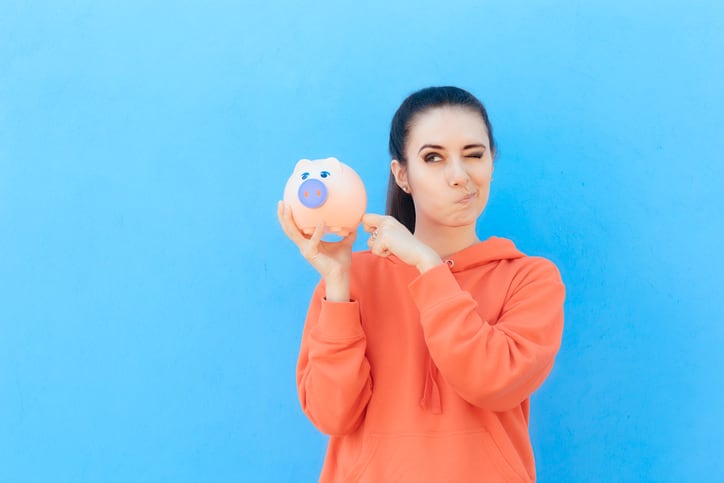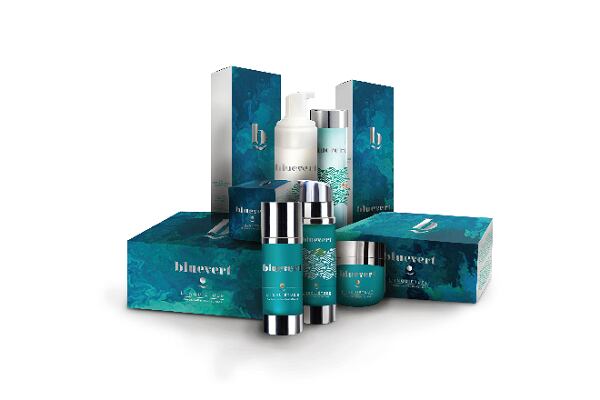In the last year, two in every ten euros spent by Spanish consumers on beauty – including personal care, cosmetics and fragrance – was on luxury products, according to Kantar Worldpanel. In total, more than eight million shoppers purchased a luxury brand in the 12 months ending April 2019. Fragrance was the core of this, representing 75% of total luxury spend among more than 7.4 million buyers.
Changing consumer spend and profiles
Three years ago, luxury products represented 41.3% of the Spain’s total beauty market, but latest figures showed a drop to 34%. This was being driven by consumers buying fewer units and spending less - €96 versus €118.70 three years ago - rather than there being fewer buyers, according to Kantar Worldpanel.
“Despite the changes this segment is experiencing, there are loyal ‘luxury’ shoppers who are characterised by their brand fidelity, sophistication and being up-to-date on the latest trends. They look after themselves and are concerned about their image,” said Rosa Pilar López, individuals panel director at Kantar Worldpanel.
Driving loyalty through value and aspiration
However, with changing shopping patterns and consumer profiles – more young males were engaged in the category, for example – López told CosmeticsDesign-Europe industry had to work to retain loyal customers but also drive new business.

“It is a segment that has growth potential among those customers who today buy selectively but their loyalty is not very high, since they are customers who spend a lot on these [beauty] categories but not luxury brands.” This opportunity was particularly high in facial cosmetics and make-up, she said.
Widening distribution to stretch luxury beauty business would also “be key”, she said.
Female versus male?
Female shoppers still made up the majority of spend in Spain’s luxury beauty market, López said, and therefore presented the biggest opportunity for industry.
Women aged 35+ spent 27% more on high-end products than their male counterparts, for example, and facial cosmetics and make-up were key categories, she said.
“The best opportunity for growth is targeting women,” she said.
There was also room for low-cost and distributor brands to secure business with these luxury shoppers, with the right proposition, López said.




